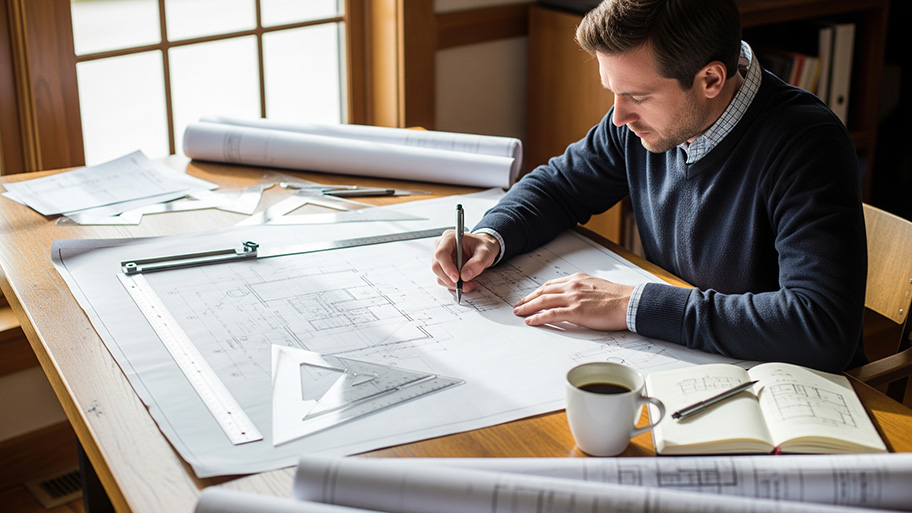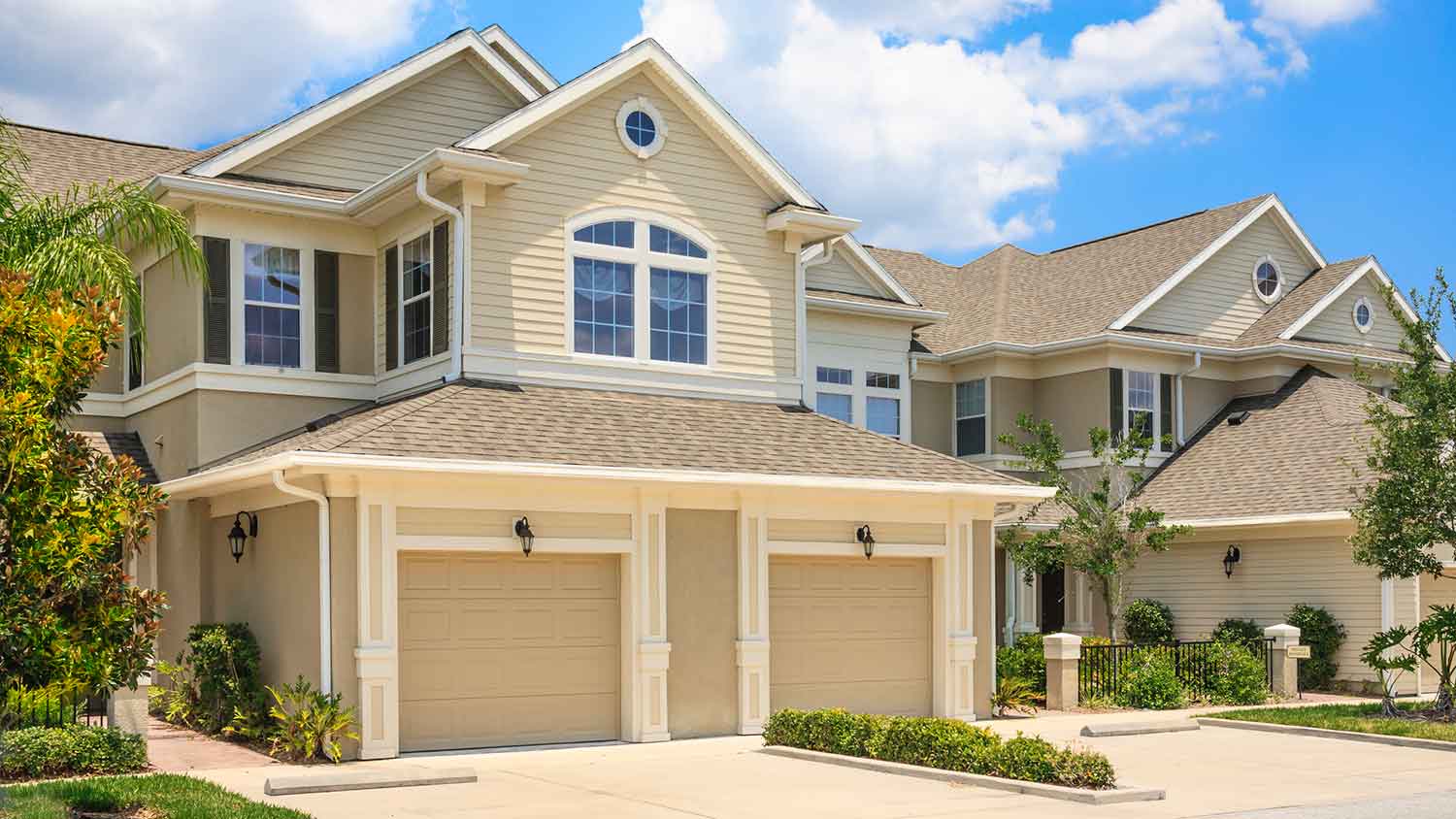
Few things elevate your outdoor space like a landscape architect can. Learn about how much a landscape architect costs and what affects your total.
Maximize the charm with Victorian-style architecture and decor


Victorian-style architecture includes a variety of sub-styles that were popular throughout Queen Victoria’s reign in the U.K. from 1837 to 1901.
It’s characterized by steep roofs, towers or turrets, and heavy ornamentation both in architectural and interior design.
Asymmetrical shapes are a key part of Victorian-style architecture.
Home decor and architectural styles routinely fall in and out of popularity, but one that has maintained some popularity since its inception is Victorian-style architecture and design. The term refers to a myriad of styles popularized mainly in the U.K. in the 18th and early 19th centuries, and the style made its way to other countries, including the U.S., beginning in 1860.
Victorian-style architecture is hard to miss once you know what to look for. The design hinges on ornamentation and architectural design that stands out from the symmetry of Palladian architecture and Colonial Revival architecture and leans more on Gothic Revival and Renaissance architecture. There are a few key elements that make a Victorian home stand out.
Victorian-style architecture was, at the time, a modernization of the medieval Gothic Revival movement, which was characterized, in part, by steep roof pitches. Victorian-style homes will often have similarly steep roofs, partly to help them stand out from the surrounding buildings and make a statement.

For similar reasons, Victorian-style homes often have ornamentation all over the exterior, including on the edges and tops of gables and on the soffits, to keep the aesthetic as showy as possible. You might see decorative cornices around windows and doors, corbels adding intrigue under soffits or around exterior arches, and unusually decorative exterior trim.
After the industrial revolution, incorporating metal components into architecture and decor was made possible. As a result, you’ll often find wrought iron fences and railings along with other metal pieces of decor on the exterior of Victorian-style homes.
The Gothic Revival era of architecture and design that the Victorian style mimics was based partially on religious movements. Victorian homes—especially Queen Anne homes, which fall into the Victorian-era style—will commonly include finials or duomos atop towers that call to mind the peaks of ornate Gothic-style churches.
Victorian-style architecture is ornate both in specific and global design. While you’ll see decor and ornamentation around windows and doors, the height of Victorian-style buildings also serves to make them stand out and make a statement. Victorian homes are usually at least two stories tall, and many are three or have towers that push beyond the second-story roof.
Gothic and Victorian architecture were both straying responses to Palladian architecture, which was defined by symmetry in design. Victorian-style homes will often be asymmetrical, sometimes with a tower or gable on one side that isn’t complimented on the other. You’re more likely to see offset and asymmetrical windows and doors on the exterior, as well.
Wraparound porches are common in Victorian-style architecture, as well, often with ornate railings and columns that support the roof. You may see some asymmetry in the porch design, as well, with the platform and roof wrapping around just one side of the home.

The ornamentation doesn’t stop on the exterior of a Victorian-style home, either, and the inclusion of a grand staircase is the perfect example of that. The Victorian era was defined partially by a separation of classes, and ornate staircases that were more for form than function are, consequently, a staple of Victorian homes.
In a similar vein, high ceilings that were unnecessary for functionality and even potentially less convenient to heat and cool are common in Victorian-style homes. These also harken back to the religious structures that followed the Gothic Revival era, on which the Victorian style is based.
Fireplaces were the common way to heat interior spaces in the 1800s and early 1900s, and this was just another opportunity for homeowners to be a bit showy. Victorian-style homes commonly have large, ornate fireplaces with intricate masonry work.
With the widening disparity between social classes, wealthier homeowners could afford to dedicate space in their homes to specific purposes. You’re likely to see specialized rooms in a Victorian-style home, like a study, library, and formal dining room.
Even if you don’t plan on making structural changes to your home to increase the roof pitch or install a classic Victorian tower or wraparound porch, you can call on your inner interior designer and use the following tips to bring the feel of the Victorian era into your space.
The Victorian style is all about ornamentation, so don’t be afraid to make bold choices when it comes to colors and decor. Some common Victorian-style home colors include purple and gold, ornate patterns, oranges, deep greens, and more. When it comes to decor, the showier, the better—think heavy drapes with fringes, ornate light fixtures and chandeliers, and large area rugs with complex patterns and bold colors.
You can also bring the showiness outside by choosing a bold paint color for your historic home.
Dark wood furniture is popular in Victorian-style homes, too, which could be a reflection of playing down the functional elements in the home to highlight the more decorative ones. Consider going with chunky wood coffee tables, dining sets, and bed frames with a walnut or ebony stain.
When renovating historic homes, your HOA or local government may have specific laws or requirements. A contractor with experience remodeling historic or specialty homes can help navigate local red tape.
Wallpaper was first created in the late 1700s, and by the 1800s, when the Victorian era began, it was rapidly increasing in popularity. Choose bold wallpaper colors and patterns to mimic what was most popular at the time.
Use ornate trim and plinth blocks around doors and windows, and leave no right angle unaccented by a corbel or another decorative piece.
To get the look of the classic and ornate Victorian-style fireplace, you can invest in a fireplace surround. A professional can install this safely over your existing fireplace to make it stand out and add some character and charm without major renovations.
Of course, if you’re really in love with Victorian-style architecture, you can either hire a local architect to design a new home in the style or make major changes to your existing one to nail the aesthetic. Builders and architects cost quite a bit of money, but they might be crucial hires if you want a genuine Victorian home.
If you have a more modern home, or your style is closer to brutalist architecture, you may need more extensive changes that call for a structural engineer or home builder.
From average costs to expert advice, get all the answers you need to get your job done.

Few things elevate your outdoor space like a landscape architect can. Learn about how much a landscape architect costs and what affects your total.

Need to know how much blueprints cost for your new construction project? Use this comprehensive cost guide to get an accurate estimate for your build.

Wondering how much hiring an architect cost? Discover architect prices, cost factors, and money-saving tips to help you plan your home project with confidence.

Designers and architects both play a role in home construction projects. Learn the differences between designers and architects so you know who to hire.

Wondering how much it will cost to build a duplex? Discover cost ranges, key factors, and ways to save when planning your duplex construction.

You'll encounter many types of architects in your search for the best pro. Keep these specialists in mind before your next renovation or home build.